|
I recently learned that Body Fat (Adipose Tissue) is an endocrine organ and actually has more impact on the body than the thyroid gland. Therefore, too much adipose tissue (obesity) can lead to diabetes. Obesity increases the risk of developing Type 2 diabetes, high blood pressure, and high cholesterol as well as contributes to the risk for heart attacks and strokes. So what yoga therapy tools work great for the management of diabetes? I recommend these 3 yoga therapy tools: 1. After a few rounds of natural breathing, begin Ujjayi breathing. While your breathing, some food for thought-How Tapas (effort) is balanced with Santosha (contentment). Tapas can bring about change like improved health and lower blood sugar levels. While Santosha brings peace in the current circumstances. Always remember the importance listening to the doctor regarding nutrition and monitoring insulin levels. (5-10 minutes) 2. A short series of asanas to develop an exercise habit that can help with obesity, heart issues, high blood pressure, and metabolic syndrome. Also , these practices can help lead to improved mood potentially leading to lifestyle changes and improved quality of life. Always watch for any dizziness with the increased movement. (30 minutes) Sample Asanas: • 10 ½ Sun Salutations: The Sun Salutations can be completed as slow as necessary or even use a chair. • Warrior I: Warrior I (lower body) with goal post arms. Transition to straight legs and Warrior I (straight) arms. Repeat 5 times per side with an extended hold at the end (3 counts/breaths). You can also do this posture in a chair if needed. • Seated Spinal Twist: Depending on our flexibility, the opposite leg can be bent or straight as well as accomplished with deer legs or from easy pose. • Seated Forward Fold: Finally, transition to a seated forward fold to begin the activation of the parasympathetic nervous system. 3. Savasana: Practice a relaxation pose of choice and begin breathing with an extended exhale. You can also use a guided visualization of your peaceful place to continue the activation of the parasympathetic nervous system. (10 minutes) Yoga can be incorporated into your daily life and have positive impacts on glycemic control. Studies suggest that yoga has a direct impact on psychoneuro-endocrine and immune mechanisms as well as contributes to parasympathetic activation and anti-stress mechanisms. This all leads to improvement in overall metabolic and psychological profiles, increases in insulin sensitivity, and improvements in glucose tolerance and lipid metabolism. In addition to the practices listed above, yoga practices utilized in the management of diabetes often include cleansing exercises, and the use of bandhas, meditation, relaxation, chanting, Yoga Nidra, or mudras. These practices can reduce blood glucose levels as well as contribute to the management of co-morbidities. What yoga practices will you incorporate in your fight against diabetes? Raveendran, A. V., Deshpandae, A., & Joshi, S. R. (2018). Therapeutic Role of Yoga in Type 2 Diabetes. Endocrinology and metabolism (Seoul, Korea), 33(3), 307–317. https://doi.org/10.3803/EnM.2018.33.3.307
0 Comments
There are several types of breathing that can be unhealthy. Yoga, as we all know, can help us break these habits. Yoga can retrain our brain and body to get us off the hamster wheel of the most common unhelpful breathing practices: hyperventilation, reverse breathing, collapsed breathing and frozen breathing. Hyperventilation is the act of breathing quickly no matter what we are doing. It’s not just when we are scared, frighted or upset like in the movies. It can be a breathing pattern we do continually every minute of every day. In hyperventilation, you will chest breath and only partially contract the diaphragm. Thus, reducing the space the lungs have to expand. This results in you having to increase the number of breaths per minute to get enough oxygen and, ultimately, increases the amount of carbon dioxide lost on the exhale making the body too alkaline. Hyperventilation makes the arteries in the brain constrict causing headaches and problems with concentration. Also due to the reduced oxygen levels, the blood’s hemoglobin does not release oxygen to the cells (causing dizziness, and breathlessness) and perpetuates the hyperventilation pattern. Additionally, hyperventilation causes constriction of the arteries reducing blood flow to the extremities, increases calcium levels causing muscle tension, and increases the excitability of the nervous system causing irritability, overreacting, and inappropriate responses. It has also been documented that hyperventilation causes nightmares, insomnia, visual disturbances, anxiety, and muscle cramps, just to name a few. Reverse breathing is when your abdomen moves ‘in” on the inhale and moves “out” on the exhale. Your pelvic floor movement is also reversed meaning the pelvic floor “closes” (rises) on the inhale and “opens” (lowers) on the exhale. The reversal can cause chronic tension in your upper body including the neck, shoulders and jaw areas. Reverse breathing also causes indigestion, heartburn, bloating, and flatulence due to the abdomen never fully relaxing at any stage of breathing. Collapsed breathing is chest breathing with your whole body moving downward. Your chest draws downward, your shoulders are hunched protectively, and your belly is projected forward and down. Typically, collapsed breathers have little tone in their lower body (muscles and organs) with the heart and lungs resting down on their belly. While breathing, your belly will remain static, and your chest and shoulders rise up and down slightly. Finally, frozen breathing is when the entire outer layer of your body contracts. This contraction suppresses the natural movement of your breath. Very little movement is seen on the surface of the body in frozen breathing. Your shoulders will typically draw toward each other, and you will hold your breath. What To Do... A yoga practice that can address all four breathing challenges is to lay on the floor in a supine position and start to notice where you breath. Donna Farhi’s “Where Do I Breathe?” practice is an excellent method to begin the learn exactly where in the body you are breathing and to become more aware or mindful of those breathing patterns. Here's how to start (for more in-depth exploration I recommend Farhi's The Breathing Book):
After you develop this awareness, you can try three-part breathing to access all the parts of your lungs. Three-part breathing can also start in a supine position so you can focus on the breathing aspects and not on having good posture.
Once you feel comfortable supine, you can try three-part breathing in a seated position with more focus on posture to prevent collapsing of the shoulders and chest. Additionally, you can incorporate a guided visualization to help cultivate mindful breathing, the slowing down of the breath, and a deepening of the inhales. Likewise, you may want to try a meditation practice on loving-kindness or ahimsa to address any unresolved mental or spiritual traumas that may be leading to poor breathing habits. Farhi, D. (1996). The Breathing Book: Good Health and Vitality Through Essential Breath Work. St. Martin's Griffin, New York. "A habit cannot be tossed out the window; it must be coaxed down the stairs a step at a time."-Mark Twain Have you ever tried the yogic breathing technique (Pranayama) called Alternate Nostril Breathing or Nadi Shodhana? This form of Pranayama helps to balance both hemispheres of the brain bringing both effectiveness and calmness. Breathing through the left nostril is calming while breathing through the right nostril is energizing.· Nadi Shodhana is excellent at helping you relax before an important event and can be practiced daily to reduce anxiety. It calms, purifies, and strengthens the nervous system and deepens self-awareness making it an excellent preparation for meditation. Here's how you do it!!
Try incorporating Nadi Shodhana into your daily yoga practice. It will become one of the most relaxing and centering techniques in your practice. Your nervous system will be calmed, and your mind will become steadied for concentration and meditation. "Breathe deeply, until sweet air extinguishes the burn of fear in your lungs and every breath is a beautiful refusal to become anything less than infinite" D. Antoinette Foy |
Kelley GallopI AM Boundless Bliss Yoga. Just me. I'm a one-lady band. I'm a yoga therapist. I didn't start out to be a yoga therapist, I just wanted to learn more and SHAAAZZAMM...here I am. Archives
September 2021
Categories
All
|
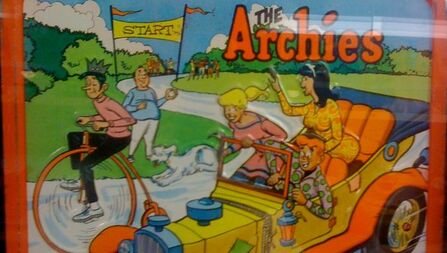
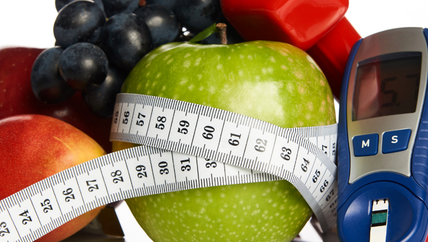
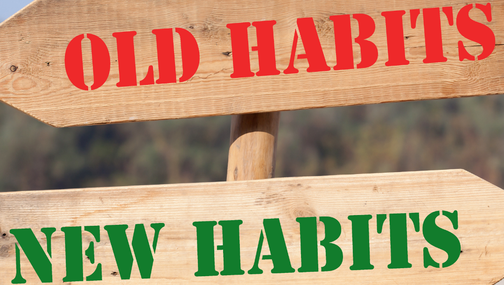
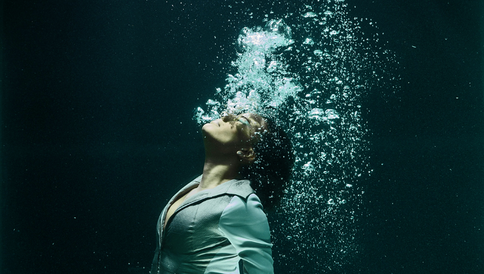
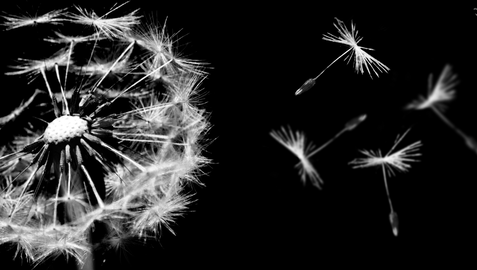

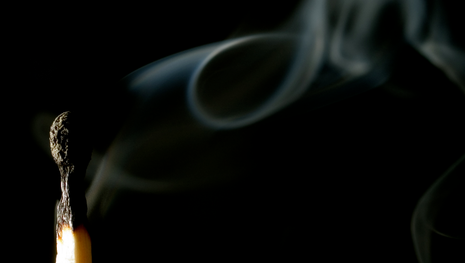

 RSS Feed
RSS Feed